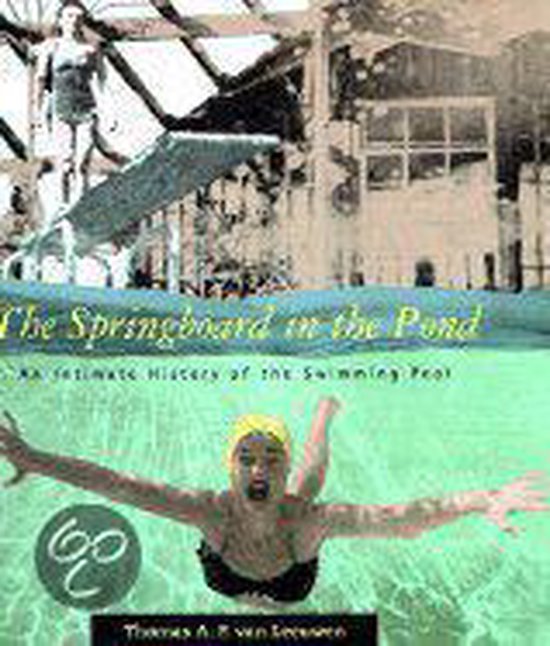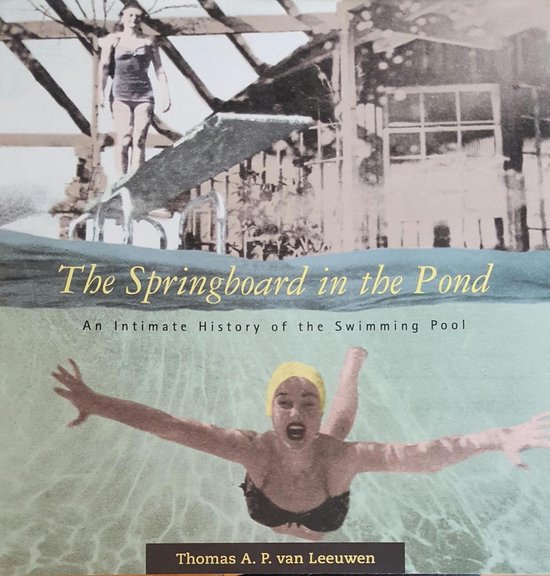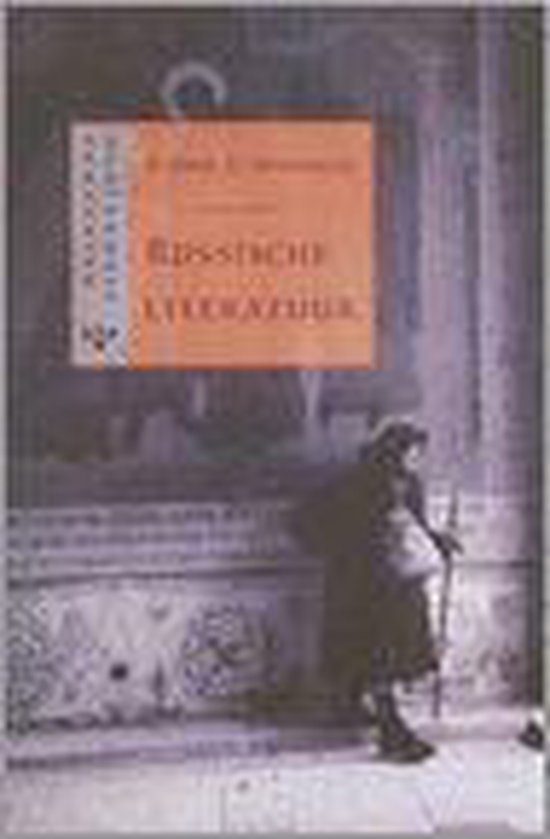
The Springboard in the Pond
Although others have written eloquently on the relationship of water to built form, until now no one has investigated the swimming pool as a quintessentially modern and American space, reflecting America's infatuation with hygiene, skin, and recreation. In The Springboard in the Pond, Thomas van Leeuwen looks at a familiar hole—the domestic swimming pool—and discovers an icon indispensable to the reading of twentieth-century modernism.
At one level, the book is a rereading of modern architecture that will leave that story permanently altered. At another level, it is the story of the origin and evolution of the private swimming pool as a building type and cultural artifact. And at still another level, it is a material philosophy of water. Van Leeuwen explores the human relationship to water from a variety of viewpoints: social, religious, artistic, sexual, psychological, technical, and above all architectural. Throughout the book, he weaves a series of analogies to three emblematic animals—frog, swan, and penguin—that represent the three prevailing human attitudes toward water: hydrophilia, hydrophobia, and ambivalence. The books many illustrations—drawings, plans, and photographs—come from an unusual variety of sources, creating what is surely the most provocative visual archive of the swimming pool ever assembled.
This book is the second in a planned tetralogy by the author, with each volume centered on the relationship of architecture to one of the four classical elements: sky, water, fire, and earth. The first volume was The Skyward Trend of Thought: The Metaphysics of the American Skyscraper (MIT Press, 1988). The third volume, Columns of Fire: Architecture and Destruction, is currently in preparation.
At one level, the book is a rereading of modern architecture that will leave that story permanently altered. At another level, it is the story of the origin and evolution of the private swimming pool as a building type and cultural artifact. And at still another level, it is a material philosophy of water. Van Leeuwen explores the human relationship to water from a variety of viewpoints: social, religious, artistic, sexual, psychological, technical, and above all architectural. Throughout the book, he weaves a series of analogies to three emblematic animals—frog, swan, and penguin—that represent the three prevailing human attitudes toward water: hydrophilia, hydrophobia, and ambivalence. The books many illustrations—drawings, plans, and photographs—come from an unusual variety of sources, creating what is surely the most provocative visual archive of the swimming pool ever assembled.
This book is the second in a planned tetralogy by the author, with each volume centered on the relationship of architecture to one of the four classical elements: sky, water, fire, and earth. The first volume was The Skyward Trend of Thought: The Metaphysics of the American Skyscraper (MIT Press, 1988). The third volume, Columns of Fire: Architecture and Destruction, is currently in preparation.
| Auteur | | Thomas A. P. Van Leeuwen |
| Taal | | Engels |
| Type | | Hardcover |
| Categorie | | Mens & Maatschappij |





